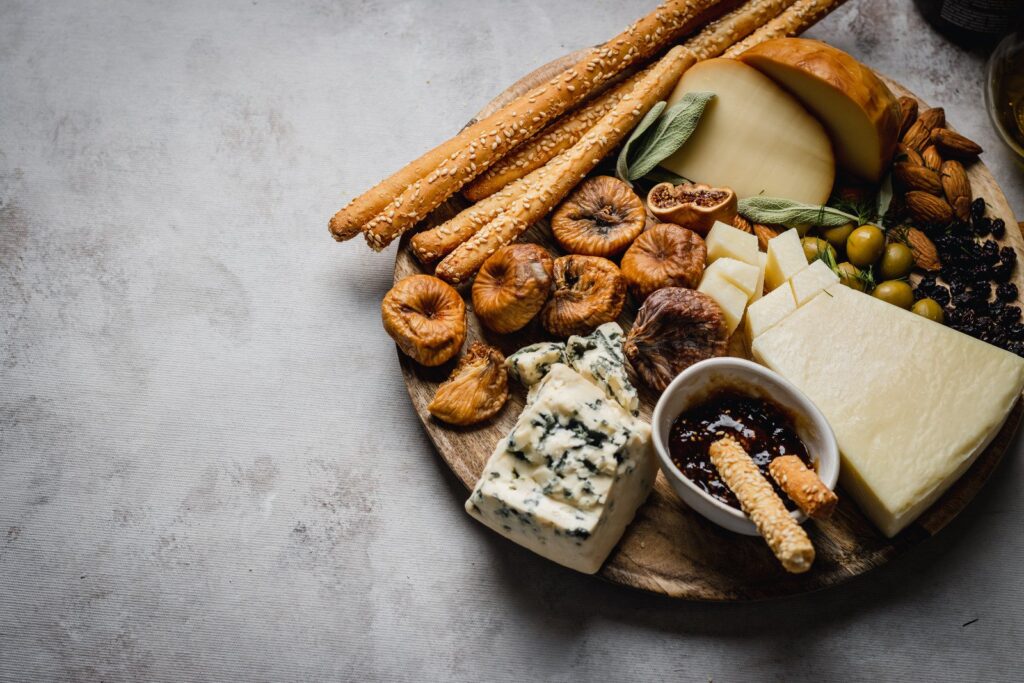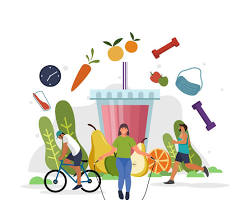The kitchen isn’t just a place to cook delicious meals – it’s a wonderland waiting to be explored! By transforming everyday ingredients into bubbling concoctions and colorful creations, you can spark your child’s curiosity about science with exciting food science experiments. This article offers a range of engaging activities, from the eruptive to the edible, that will turn your kitchen into a science lab filled with laughter and learning.
Beyond the Recipe: Unveiling the Science Behind Our Food
Food science explores the fascinating interplay between chemistry, physics, and biology that occurs in our kitchens. Here’s how these experiments bring science to life for kids:
- Chemical Reactions in Action: Children will witness exciting chemical reactions firsthand, like the bubbling fizz of baking soda and vinegar or the color-changing magic of red cabbage juice.
- Physical Transformations: From observing the transformation of milk into plastic to freezing ice cream in minutes, these experiments showcase the power of manipulating temperature and pressure.
- Sensory Exploration: Food science experiments engage multiple senses, allowing children to see vibrant colors, feel different textures, smell intriguing aromas, and, of course, taste the delicious results!
From Kitchen Staples to Science Supplies: Essential Tools for Fun
Stock your kitchen with these tools for a successful science exploration:
- The “Scientist’s Toolkit”: Clear plastic cups and bowls, measuring spoons and cups, baking soda, vinegar, food coloring, and balloons are essential for many experiments.
- Safety First: Adult supervision is crucial. Consider safety goggles for experiments involving potential splatters or hot liquids.
- The Power of Play: Most importantly, embrace the fun! Encourage questions, exploration, and messy hands – that’s how the magic of learning happens.
A Rainbow of Experiments: Fun Activities for Every Age
Let’s delve into a delicious and educational journey with a range of experiments suitable for different ages:
- Preschool Powerhouses:
- The Erupting Volcano: Mix baking soda and vinegar in a cup and watch it bubble over like a mini volcano. Add a few drops of red food coloring for a dramatic effect.
- Dancing Raisins: Drop raisins into a glass of club soda and observe them bob and float as the carbon dioxide bubbles rise. Explain how the gas bubbles cause the raisins to move.
- Elementary Einsteins:
- The Magical Milk Marble Race: Fill a shallow dish with full-fat milk and add a few drops of dish soap. Dip a cotton swab in food coloring and touch the surface of the milk. Watch the vibrant colors dance and swirl.
- Egg-cellent Transformations: Place an egg in a glass of vinegar and watch the shell dissolve over a few days. The vinegar reacts with the calcium carbonate in the eggshell, creating a rubbery membrane.
- Middle School Masterminds:
- The Science of Slime: Combine glue, borax solution, and food coloring to create a fun and slimy concoction. Explain how the borax solution crosslinks the glue molecules, resulting in the slimy texture.
- The Ice Cream in a Bag Challenge: Fill a bag with ice, salt, milk, cream, and flavorings. Shake it up and observe the ice cream magically form! Explain how the salt lowers the freezing point of the ice, allowing the cream to freeze faster.
Beyond the Experiment: Expanding the Learning Journey
Use these experiments as a springboard for further exploration:
- Recipe Remix: Encourage children to modify existing recipes and observe the results. Can they add baking soda to pancakes for a fluffy rise? What happens when they substitute sugar with honey in a cookie recipe?
- Library Explorations: Visit your local library to find age-appropriate books on food science for further reading and learning. Visual aids and engaging stories can solidify their understanding.
- The Internet as a Resource: Many websites offer educational resources on food science for kids. Look for interactive games, videos, and printable experiments to expand their knowledge.
From Kitchen to Classroom: Connecting Science with Everyday Life
Food science experiments can connect learning in the kitchen to the classroom:
- States of Matter: Discuss the different states of matter – solid, liquid, and gas – as they observe the transformation of ingredients during experiments.
- Chemical Reactions: Explain the basic principles of chemical reactions using baking soda and vinegar as a simple example.
- Healthy Eating: Connect food science experiments to healthy eating habits. Discuss the nutritional value of ingredients and how different cooking methods affect nutrients.
Beyond the Bunsen Burner: The Magic of Kitchen Science
Food science experiments offer a unique way to engage children in learning. By transforming the kitchen into a science lab, you can spark a lifelong love of science, cultivate critical thinking






